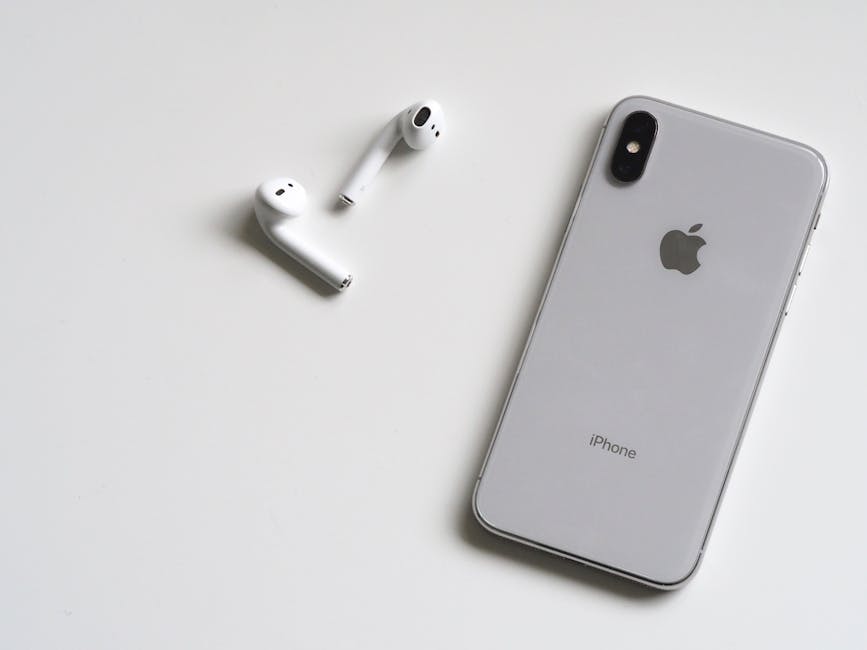Android XR represents the convergence of Android’s powerful operating system with extended reality (XR) technologies, opening up a new era of immersive experiences. This technology is rapidly evolving, promising to revolutionize how we interact with digital content and the world around us.
What is Android XR?
Android XR is essentially Android adapted and optimized for extended reality devices. XR encompasses virtual reality (VR), augmented reality (AR), and mixed reality (MR). It provides a software platform and development environment for creating applications and experiences that leverage the unique capabilities of XR hardware. This allows developers to build applications that seamlessly blend the digital and physical worlds.
Android XR enables a wide range of applications, from gaming and entertainment to education, training, and enterprise solutions. Imagine surgeons practicing complex procedures in a VR simulation, or architects visualizing building designs in AR before construction even begins. The possibilities are truly limitless.
The Power of Android in Extended Reality
Android’s dominance in the mobile market makes it a natural fit for XR. Its vast ecosystem of developers, tools, and resources provides a solid foundation for building XR applications. Here’s why Android is a powerful platform for XR:
Large Developer Community: Millions of Android developers worldwide can easily transition to developing for Android XR. Familiar Development Tools: Existing Android development tools like Android Studio can be used for XR development, reducing the learning curve. Extensive App Ecosystem: The Google Play Store provides a readily available distribution channel for Android XR apps. Hardware Compatibility: Android XR supports a wide range of XR hardware, from standalone headsets to smartphone-powered AR devices. Open Source Foundation: Android’s open-source nature allows for customization and innovation. [EXTERNAL: Android Open Source Project]
Key Components of Android XR
Android XR is not just a single entity but rather a collection of technologies and APIs that work together to enable immersive experiences. Some key components include:
XR Core Services: These services provide the fundamental building blocks for XR applications, such as tracking, rendering, and input. ARCore: Google’s platform for building augmented reality experiences on Android. ARCore enables devices to understand their environment and interact with virtual objects in the real world. [INTERNAL: Augmented Reality Applications] VR Support: Android XR supports various VR headsets and platforms, allowing developers to create immersive VR experiences. Spatial Audio: Enhances the sense of immersion by providing realistic and directional audio cues. Input Handling: Android XR provides APIs for handling various input methods, such as hand tracking, controllers, and voice commands.
The Growing Market for Android-Based XR Devices
The market for Android XR devices is expanding rapidly. Several factors are driving this growth:
Decreasing Hardware Costs: XR hardware is becoming more affordable, making it accessible to a wider audience. Advancements in Technology: Improvements in display technology, processing power, and tracking accuracy are enhancing the XR experience. Increasing Demand for Immersive Experiences: Consumers and businesses are increasingly interested in using XR for entertainment, education, training, and collaboration. Metaverse Initiatives: The growing interest in the metaverse is fueling demand for XR devices and applications.
Several companies are already producing Android-based XR devices, including:
Standalone VR Headsets: These headsets offer a completely self-contained VR experience, without requiring a connection to a computer or smartphone. AR Glasses: Lightweight AR glasses that overlay digital information onto the real world. Smartphone-Powered VR Headsets: These headsets use a smartphone as the display and processing unit, offering a more affordable entry point into VR.
Developing for Android XR: A Developer’s Perspective
Developing for Android XR requires a combination of skills in Android development, 3D graphics, and XR-specific technologies. Here are some key considerations for developers:
Choosing the Right Tools: Utilize Android Studio, Unity, Unreal Engine, and other relevant development tools. Optimizing Performance: XR applications require high performance to maintain a smooth and immersive experience. Optimize code, assets, and rendering techniques. Designing for Immersion: Design user interfaces and interactions that are intuitive and immersive. Consider the unique constraints and opportunities of XR. Testing and Iteration: Thoroughly test your application on different XR devices and gather user feedback to iterate on your design. Understanding XR Design Principles: Learn the best practices for creating comfortable and engaging XR experiences. This includes considerations for motion sickness, field of view, and interaction design.
Use Cases for Android XR: Transforming Industries
Android XR has the potential to transform various industries, including:
Gaming and Entertainment: Immersive VR games and interactive AR experiences are revolutionizing the way we play and consume entertainment. Education and Training: VR simulations provide realistic and engaging training environments for various professions, such as medicine, engineering, and manufacturing. Healthcare: AR applications can assist surgeons during procedures, while VR therapies can help patients manage pain and anxiety. Retail: AR applications allow customers to visualize products in their own homes before making a purchase. Manufacturing: AR can guide workers through complex assembly processes, while VR can be used for remote collaboration and training. Enterprise Collaboration: Virtual meeting spaces and collaborative design tools are enabling remote teams to work together more effectively. [INTERNAL: Virtual Reality Collaboration Tools]
The Future of Android XR: What to Expect
The future of Android XR is bright, with continued advancements in hardware, software, and applications. Here are some key trends to watch:
Improved Hardware: Expect to see lighter, more powerful, and more affordable XR devices. Enhanced Tracking: Advancements in tracking technology will enable more precise and realistic interactions with the virtual world. 5G Connectivity: 5G will enable faster and more reliable wireless XR experiences. AI Integration: Artificial intelligence will play a key role in enhancing XR applications, such as personalized content and intelligent assistants. Metaverse Integration: Android XR will be a key platform for accessing and interacting with the metaverse.
Overcoming Challenges in Android Extended Reality
Despite the significant potential, Android XR faces several challenges:
Motion Sickness: Some users experience motion sickness when using VR headsets. Developers need to implement techniques to minimize this effect. Hardware Limitations: Current XR hardware still has limitations in terms of display resolution, field of view, and processing power. Content Availability: The availability of high-quality XR content is still limited. User Adoption: Overcoming user resistance and promoting the benefits of XR are crucial for driving adoption. Privacy Concerns: As XR devices become more integrated into our lives, privacy concerns need to be addressed.
Getting Started with Android XR Development
If you’re interested in developing for Android XR, here are some resources to get you started:
Android Developer Website: The official Android developer website provides comprehensive documentation and tutorials on XR development. ARCore Documentation: Learn about ARCore, Google’s platform for building augmented reality experiences. Unity and Unreal Engine: These game engines provide powerful tools for creating XR applications. Online Courses and Tutorials: Numerous online courses and tutorials are available to help you learn XR development. [EXTERNAL: Unity Learn Platform]
- Community Forums: Connect with other XR developers and share your knowledge.
In conclusion, Android XR is a transformative technology with the potential to revolutionize how we interact with the digital world. As the technology continues to evolve, we can expect to see even more innovative and immersive applications emerge. The future is immersive, and Android XR is paving the way. Explore the possibilities and start building your own Android XR experiences today.
Related Articles
- How to Fix iPhone Not Charging: Troubleshooting Guide
- iPhone 16: Exploring the Potential Features and Release Date
- How to Recover from Autistic Burnout: A Comprehensive Guide






